Frequently Asked Questions
Who Should Have a Bone Density Scan?
Men or Women over 50yrs of age with any risk factor should have their bone density tested.
At the age of 70yrs and over everyone is eligible for a rebated Bone Density Scan with no time interval restrictions.
What are the risk factors for osteoporosis?
- If there has been a fracture from minor trauma (e.g. following a fall from standing height)
- Loss of height
- Those who are at risk of falls
- Premature Menopause
- Family History of osteoporosis or fractures arising from minor trauma
- Low calcium intake and low vitamin D levels
- Conditions like Asthma, Rheumatoid arthritis and other inflammatory conditions that require treatment with steroid medications (e.g. Prednisone)
- Anti-hormonal treatment, usually in the setting of breast and prostate cancers.
- Conditions that can lead to malabsorption of food (Coeliac Disease, Inflammatory bowel diseases)
- Smokers and those who consume excess alcohol
- Very thin individuals
Do I qualify for a Medicare rebate?
A Medicare Rebate could be applicable in certain scenarios and they include:
- Fractures arising from minor trauma
- Being treated with certain steroid medications (glucocorticoids e.g. Prednisone)
- Premature Menopause
- Men with low testosterone levels
- Individuals who have gut disorders that affect absorption of food ( e.g. Coeliac disease)
- Individuals with thyroid and parathyroid disorders, rheumatoid arthritis, chronic kidney and liver diseases
- Age 70 or over
How is bone density and fracture risk measured?
There are a number of ways that bone density can be measured but at Newcastle Bone density we use the most reliable and most well studied technique – Dual Energy X-ray Absorptiometry (DEXA) scan. This technique uses two X-ray beams to distinguish the density of bone. There have been a number of large population studies such as the Dubbo study which have looked at a large group of the population, recorded their risk factors for osteoporosis, measured their bone density and subsequently recorded any fracture events. From this data the risk of any single person have a fracture can be ascertained.
Consequently, fracture risk is measured by combining known risk factors for osteoporosis with the bone density (DEXA) result. Typically the risk is expressed as a risk of fracture over the next 5 or 10 years. These risk calculators are available at the Garvan Institute or via the FRAX website. Generally speaking, if an individual's risk of fracture is over 15% in the next 10 years then specific bone active medication should be considered.
What is a Dexa scan?
A DEXA or Dual energy XRay absorptiometry test is the current standard method to accurately assess bone density.
DEXA uses low energy XRays (approximately one tenth that of a chest XRay) to check for weak or brittle bones (osteoporosis). Some of the X-rays that are passed through your body will be absorbed by tissue, such as fat and bone. A detector measures the amount of X-rays that have passed through your body and this information will be used to produce an image of the scanned area.
Individual results are compared with what is expected for a young healthy adult and also with an age adjusted comparison group. If past scans are available results can be compared over time.

